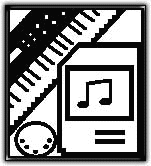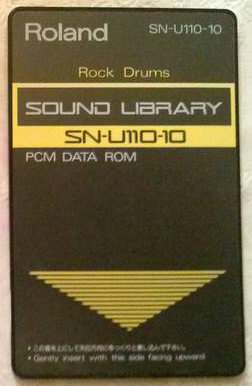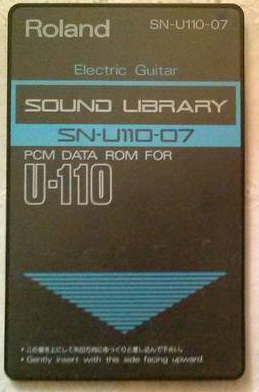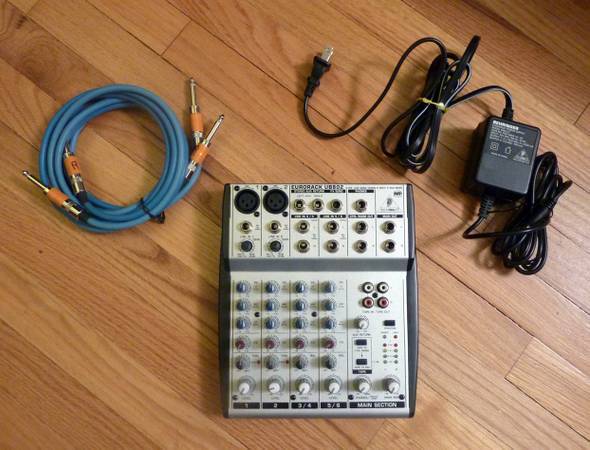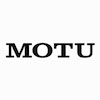Manufacturers
Categories
- EMB Book Shop-> (187)
- Guitar-> (89)
- Audio Recording Hardware-> (316)
- Bargain Basement (90)
- Computers-> (5)
- DJ Hardware and Software-> (20)
- Music Software-> (1124)
- |_ Audio Tools Editing Mastering (95)
- |_ Effect Plug Ins (174)
- |_ MIDI Editor/Librarians
- |_ MIDI Files (104)
- |_ Misc Audio Software (8)
- |_ Misc MIDIO Software (11)
- |_ Music Education Software-> (7)
- |_ Notation (28)
- |_ Sequencers (47)
- |_ Software Instruments-> (458)
- |_ Sounds-> (192)
- Live Sound-> (88)
- MIDI Hardware-> (73)
- Used Gear-> (142)
- Video Creation Hardware Software-> (8)
- Support/Lessons (6)
- New Products ...
- All Products ...
Documents
Information
Music Genres
Manufacturer Info
Notifications
Who's Online
There currently are 13 guests online.
Your IP Address is: 3.141.2.184
Copyright © 2025 The Electronic Music Box. Powered by Zen Cart
